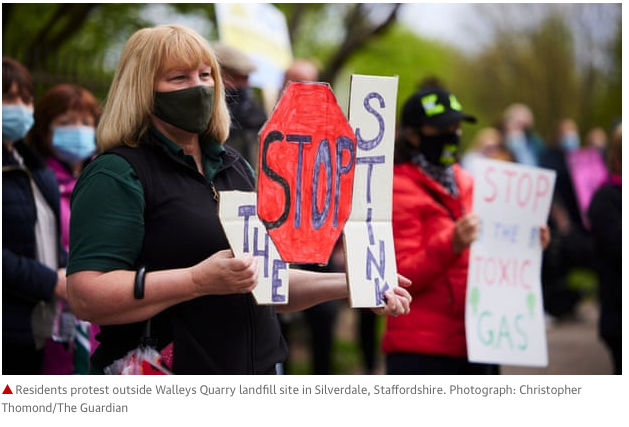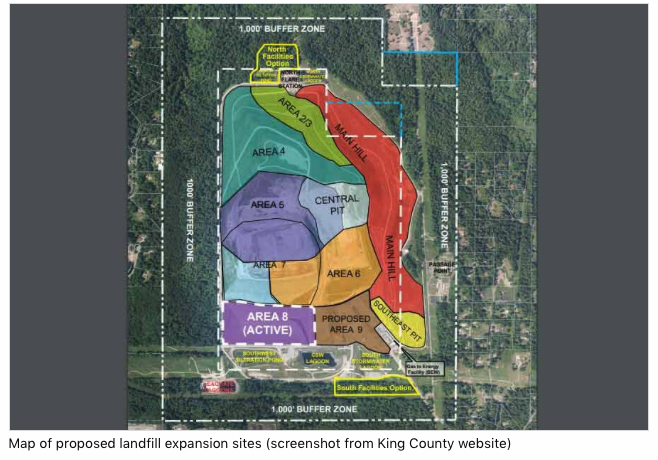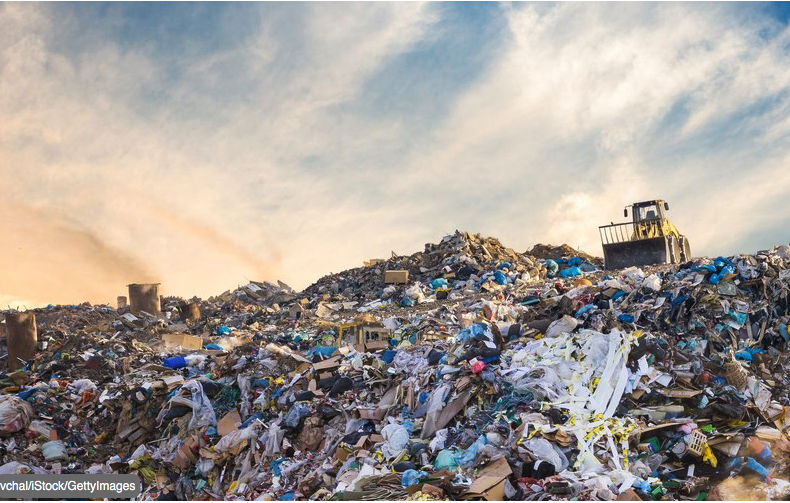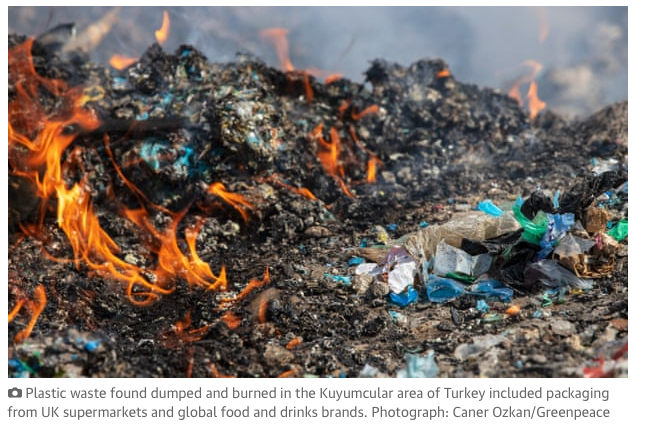Hundreds of people in the surrounding area say they have suffered sore throats, itchy eyes, nosebleeds, headaches and sleep deprivation, while schoolchildren have been kept inside at lunchtimes to avoid the fumes.


Hundreds of people in the surrounding area say they have suffered sore throats, itchy eyes, nosebleeds, headaches and sleep deprivation, while schoolchildren have been kept inside at lunchtimes to avoid the fumes.

“Anyone who cares about the environment and their property tax bill should be concerned about this,” said Schmidt-Pathmann. “It is critical that you contact your County Councilmember and let them know you don’t want any more public money sunk into the ‘landfill liability’ including transfer stations. There is a better – and cheaper – solution.”
While there is no doubt that the prevention of municipal solid waste (MSW) generation should sit at the top of any public policy, industrial strategy and individual behaviour, just like reducing the consumption of energy, this proposition might mislead the public into thinking that waste can suddenly disappear if only we had the will to make it happen. Despite these unattainable expectations, the ‘Zero Waste’ concept has become a viral and omnipresent phrase in recent years. A Google search of this term shows around half a million hits, as of March 2020, and countless government and non-governmental organisation initiatives worldwide. Zero Waste seems to be the only acceptable aim for today’s politicians who embrace an environmentally friendly platform. As a result, countries and municipalities all over the globe have committed themselves to achieving the goal of Zero Waste. So far, however, nobody has managed it, and given the many scientific and practical roadblocks, no one ever will.

By hiding the real costs of landfills to the public, the true value of recycling is hidden, as well as the critical gains from avoiding environmental disasters associated with releases from waste containment. Bad decisions will follow from incorrect price signals to public decision makers when the cost of prevention cannot be compared to the future costs of managing environmental calamities.
A major cause of under-pricing landfills is the failure of landfill companies or the municipalities to account for the long-term liability of existing landfills, in contravention to the most basic rules for recognizing future costs that will be incurred by failing to act prophylactically today.
Clearly, inclusion of these liabilities on the books as required by standard accounting practice will lead to long-term costs for cities and landfill companies and will have an adverse effect on value and stock price. Current accounting of landfills must be modified to cover generational costs. This will finally give the public realistic measures of current costs vs. future risks, including future costs and future impacts on climate change.
….
Determining the real-world financial risks of the current system is absolutely necessary for the public and officials to make the choices that will govern the laws on post-closure management and liability for the next generations. It is impossible to evaluate future municipal financial health without these inclusions.

“If you do research or travel in developing worlds, you do see garbage burning in a lot of places,” he told Climate Central. Working in Indonesia in the 1990s, he said, there was an old man who would come around and gather everyone’s trash, then burn it at the end of the street.
Yokelson, who is another author of the recent paper, had made some measurements in Mexico of what sort of pollutants were being emitted by trash burning. The U.S. Environmental Protection Agency has catalogued emissions from trash burning in the rural areas of the U.S. But Wiedinmyer found that, on a global scale, “there wasn’t kind of a consistent story.”
To find that story took a lot of digging around and some educated guesswork. Along with data from the few studies like Yokelson’s, Wiedinmyer used guidelines for calculating trash burning emissions produced by the Intergovernmental Panel on Climate Change to determine how much waste was being generated and burned, what exactly was in that waste, and what types of chemicals were likely generated. What she came up with was, as the study describes it, “the first comprehensive and consistent estimates of the global emissions of greenhouse gases, particulate matter, reactive trace gases, and toxic compounds from open waste burning.”